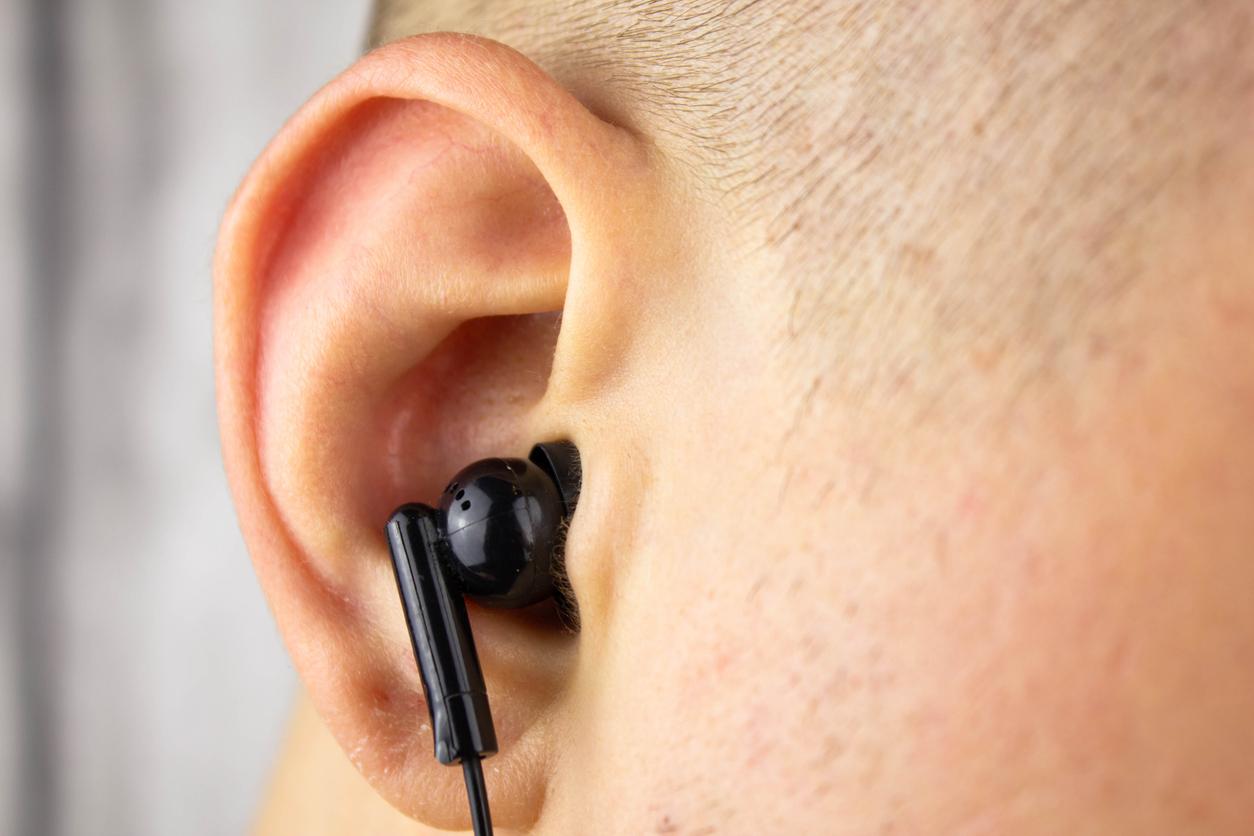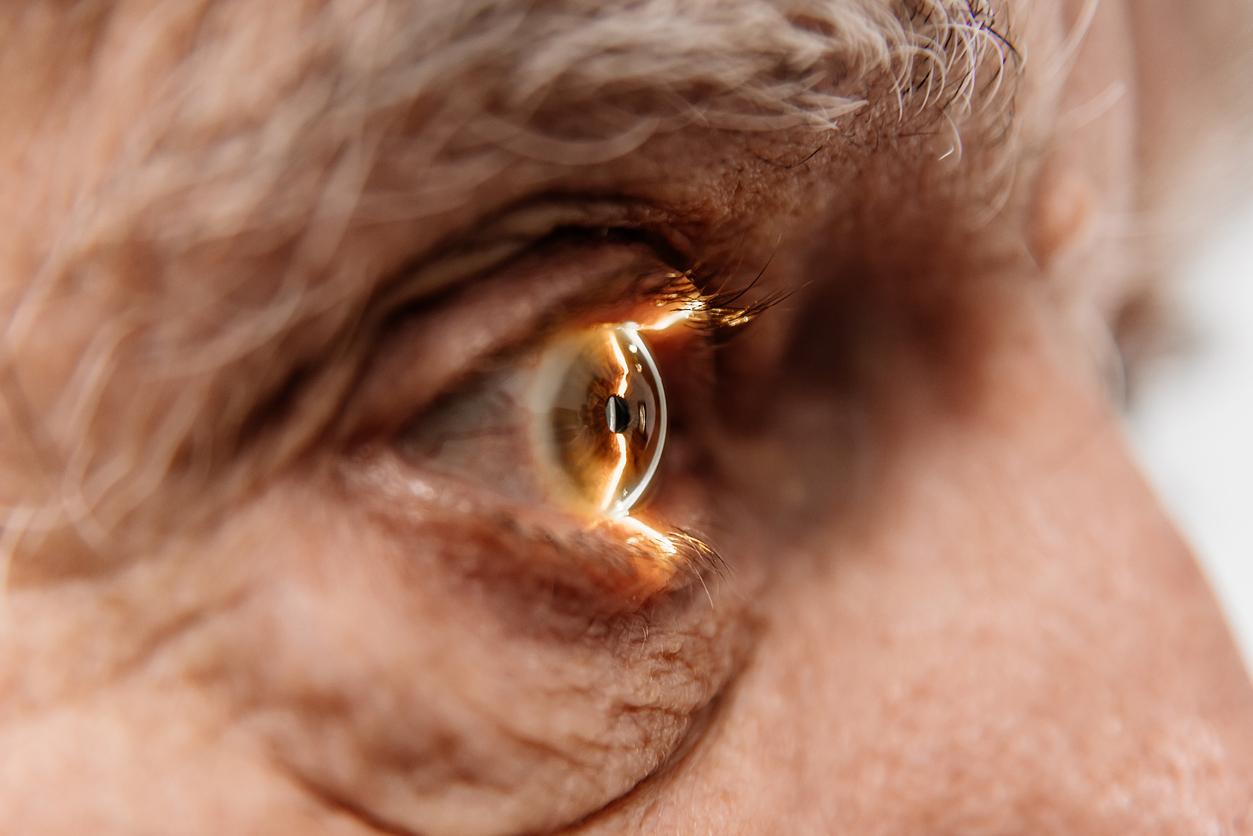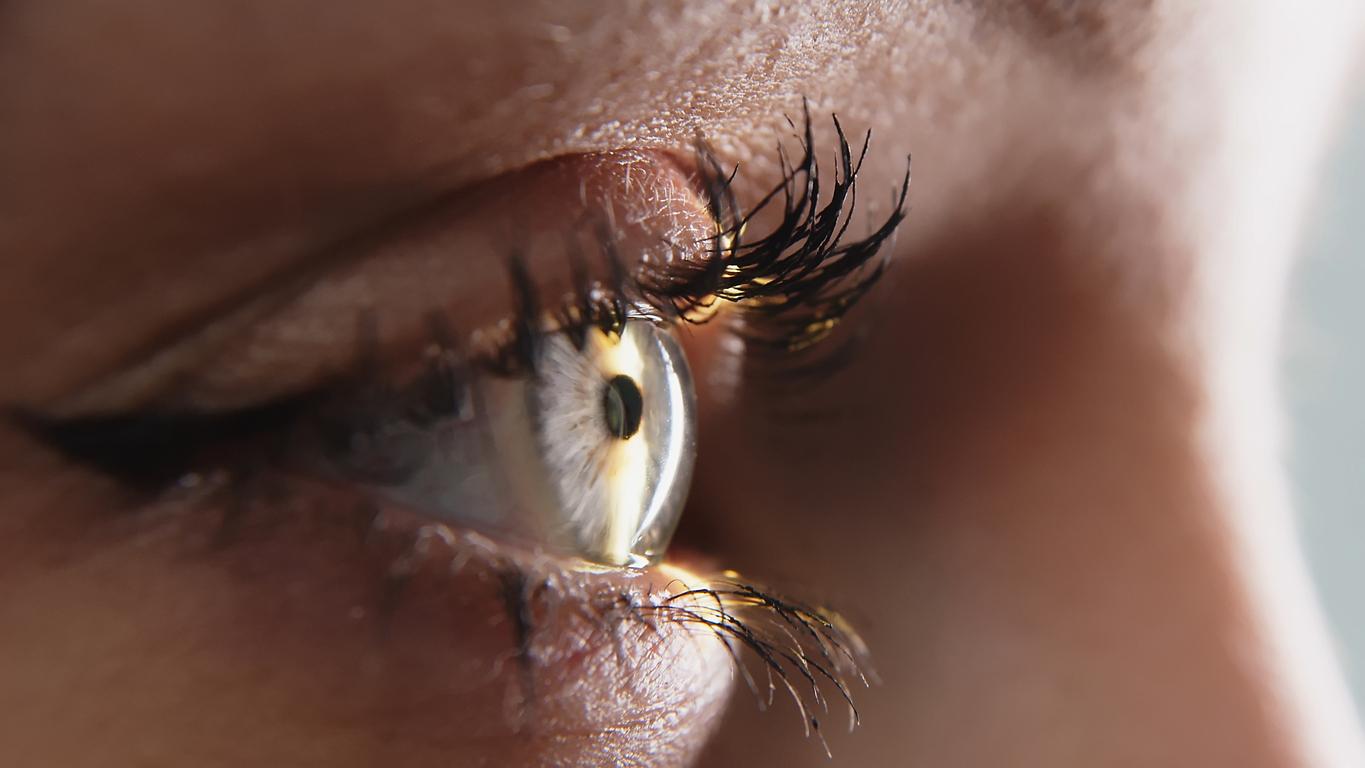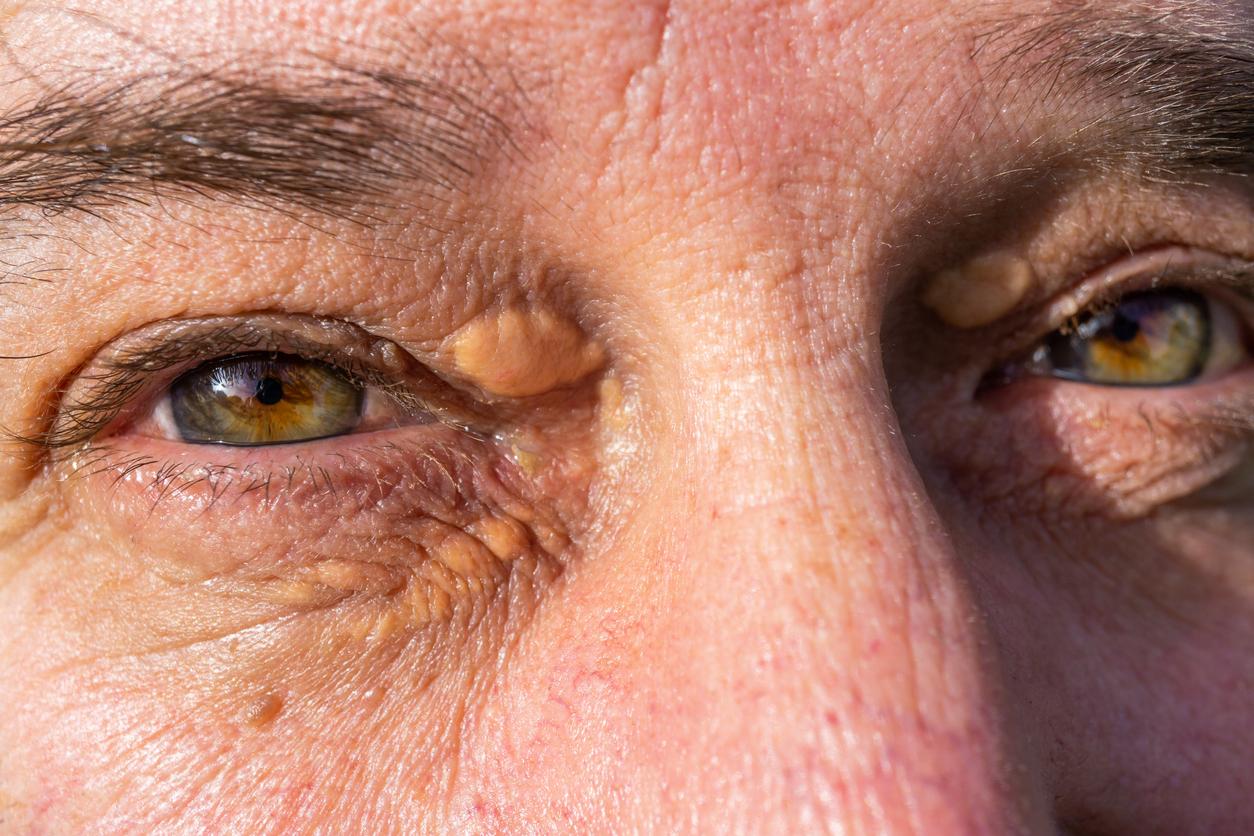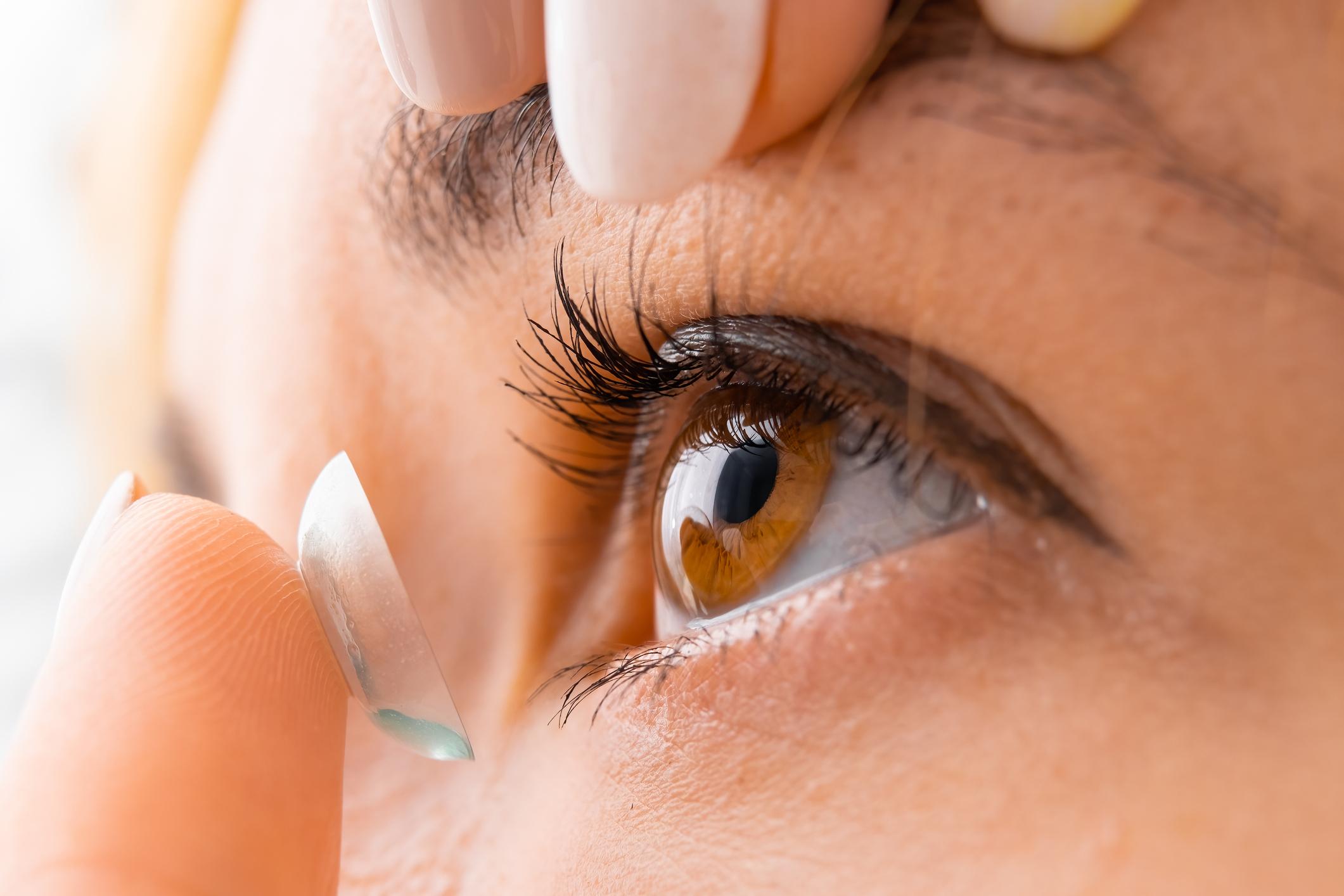On the occasion of World Glaucoma Week, ophthalmologist Romain Nicolau insists on the need to detect this painless disease when nearly one in two patients is unaware that they have it.
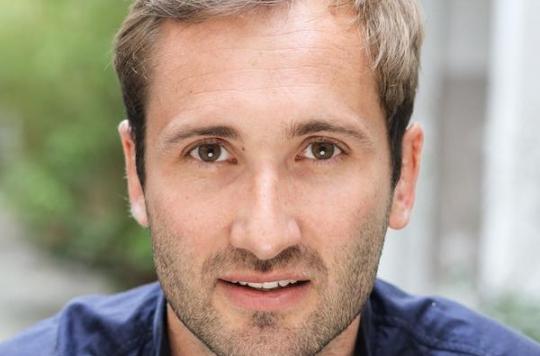
– Why Doctor – What is glaucoma?
Dr. Romain Nicolau – It is a disease of the optic nerve which is degenerative, progressive with an alteration of the visual field. It is associated with loss of retinal nerve fibers and optic nerve atrophy. There is no impairment of visual acuity, the patient does not see a drop in vision. At the beginning, there is a loss of the peripheral visual field but the patient does not necessarily realize it. The evolution is very slow and the disease takes several years to settle.
This disease is chronic in 95% of cases. Acute glaucoma exists but it is extremely rare. In this case, it appears with a sudden drop in vision and an eye that becomes red and painful. I see this type of case once a year in the office, whereas chronic glaucoma, I see it every day. It can be open or closed angle. It is primary in the majority of cases but can sometimes be secondary and occur after an accident, in the event of a history of inflammation of the eye or even with endocrine diseases or by taking cotricoids.
– What are the causes of this pathology?
Age is a big risk factor, there is an exponential increase that comes with age. On average, patients are 50-60 years old. From the age of 70, 3.4% of patients have glaucoma and at 75, this figure rises to 10%. In people who have black skin, it goes up to 20% for those who are 75 years old.
Beyond age, the causes are multifactorial and there is no single cause. Genetics accounts for about 5% of cases. Ethnicity also plays a role, there are more people with glaucoma in Africa than in Asia and Caucasians fall in between. Strong myopia can also be the cause since it leads to elongation of the eye which then becomes more fragile and more sensitive, and therefore more at risk. Cardiovascular risks are also causes of the appearance of glaucoma with pathologies such as diabetes, hypertension, smokers, cholesterol, sleep apnea, obesity….
– How does it manifest? What are the first warning signs?
The problem with this disease is that it is not painful. Patients don’t notice and that’s the worst part. Patients do not consult. They go to consult because their eyesight is declining for other reasons and often it is at this point, with control tests, that we realize that they have glaucoma.
– When should you get tested?
I insist on having check-ups every two years to be able to detect the disease as early as possible. We are able to detect the disease before the appearance of clinical signs. It is detected through examinations where we test visual acuity, ocular pressure, we take pictures of the fundus of the eye and a scanner called OCT to analyze the optic nerve, we also study the visual field and, depending on the history, there may be other examinations with more in-depth analyses. All of these arguments allow us to make the diagnosis which then requires lifelong treatment.
– What are the possible treatments ?
When a patient arrives at the severe stage of the disease with a loss of visual field, we try to prevent his condition from getting worse, but he will not be able to regain his visual field. Since a nerve is affected, there is no possible improvement since a nerve is a tissue that does not regenerate.
Treatments begin with general treatments with screening for cardiovascular risk factors because sometimes diabetes, hypertension, etc. are discovered at the same time. If the patient is overweight, with the attending physician, we support him to make him lose weight, which can naturally reduce the risk of glaucoma.
Then, there are food hygiene rules that help to fight against the disease. It is preferable to promote omega 3 for their anti-oxidative effect which is found in olive oil, fatty fish, nuts and red meat should be avoided. It can be taken as a dietary supplement as well. Look for a diet rich in vegetables and fruits as well.
There are then three therapeutic possibilities depending on the severity of the disease: drops, laser and surgery. I insist on the fact that when the diagnosis is made, the treatment will be for life.
The drops, which are prostaglandin analogues, reduce eye pressure by 20 to 30% by increasing the evacuation of fluid from the eye. There are two main side effects: red eyes and lengthening of eyelashes. After one month, the efficacy and tolerance of the treatment are assessed and if all goes well, the patient continues to take the medication with routine check-ups every 6 months. If he can’t stand it, we’ll suggest another treatment that won’t affect the evacuation of the liquid but will reduce the secretion by using beta blockers. The side effects are greater since these drops can induce fatigue and can lead men to be impotent. Bitherapy, that is to say the combined use of these two types of drops, is possible if it is deemed necessary for better control of eye pressure.
There are two types of laser, to be chosen according to the shape of the eye and more precisely the opening of the iridocorneal angle. If this is open, an SLT laser is used, which consists of sending impacts that vibrate the trabecular meshwork to allow the debris present to be removed. This technique works very well with 95% efficiency. The problem is that this operation can only be performed twice and each operation improves the situation for 2 to 4 years. If the angle is closed, we will prefer a laser which is rather preventive to avoid acute glaucoma. A small hole is made in the iris to evacuate the liquid and prevent it from causing this acute glaucoma.
– Is surgery the last resort?
It is used as a last resort because it is invasive and can lead to complications and risks. It is a filtering surgery, that is to say that we create a new outlet for the aqueous humor. A trabeculectomy is performed, which involves opening the trabecular meshwork. This is a penetrating surgery.
Another surgery is possible, this time called non-perforating. A non-perforating deep sclerectomy (SPNP) is performed. This involves making a scleral flap where only the outer part of the trabecular meshwork is removed, which is peeled off to allow the liquid to circulate. This surgery can only be done if the iridocorneal angle is closed.
There may be postoperative infections, haemorrhages of the eye, iris. Fluid from the eye can also leak from the conjunctival tissue and the system will no longer be sealed.

.







